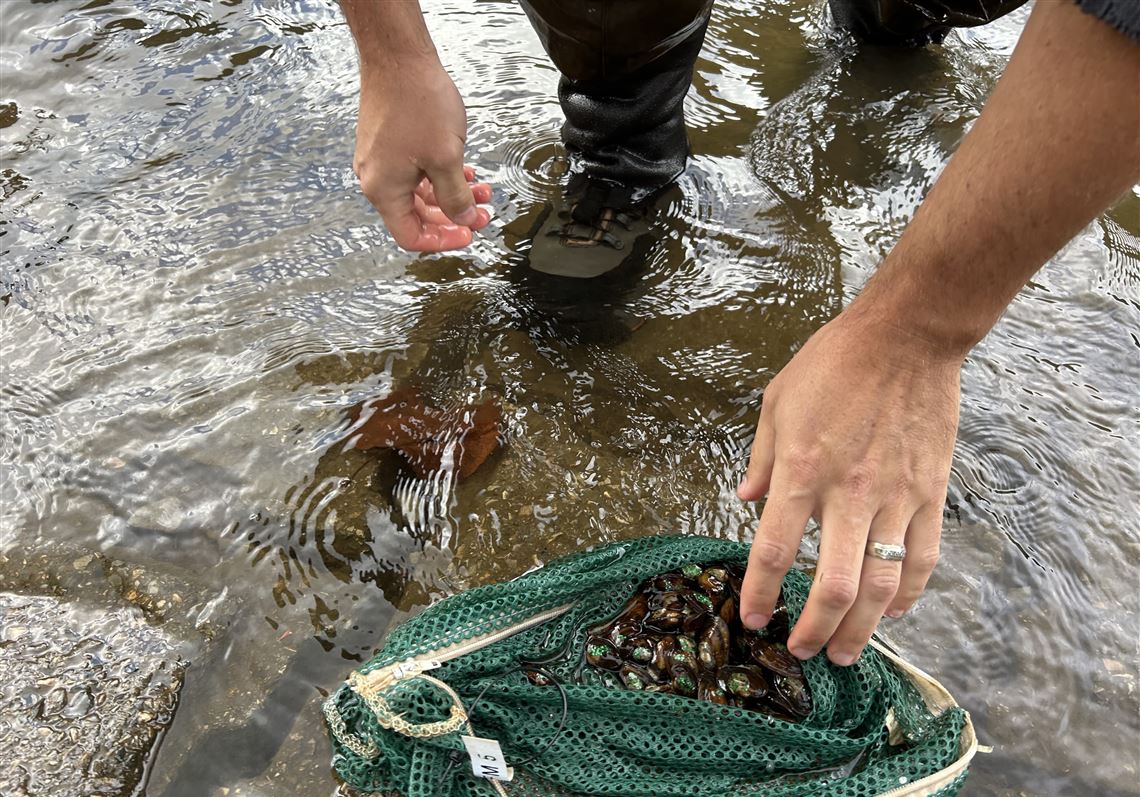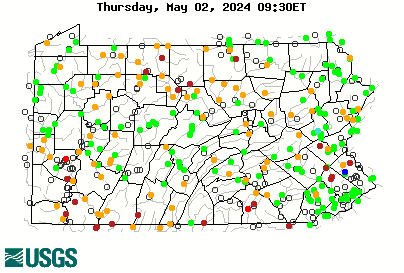sixfootfenwick
Well-known member
Yeah, PA has been awesome sauce at restoration of brook trout populations.🤣I find it interesting, ok silly, that people on here conclude NJ is doing such a better job than PA because they did one project on a single stream. It appeared to have the desired effect of reducing BT substantially but what's the longterm prospects?
Can some internet sleuths find out how many streams and miles of stream NJ fish manages versus PA? Sure they can dump a lot of resources on this project because they have less competing options.
Brook trout restoration: non-native species removal and brook trout reintroduction — EBTJV
Science and case studies behind brook trout restoration.
We are stretched so thin, so many resources, we can't even try it once, any where.
Even on recently reclaimed mine acid watersheds where it would be easy. Our resources are so stretched we just stock them with expensive fish instead .👏
Last edited:







